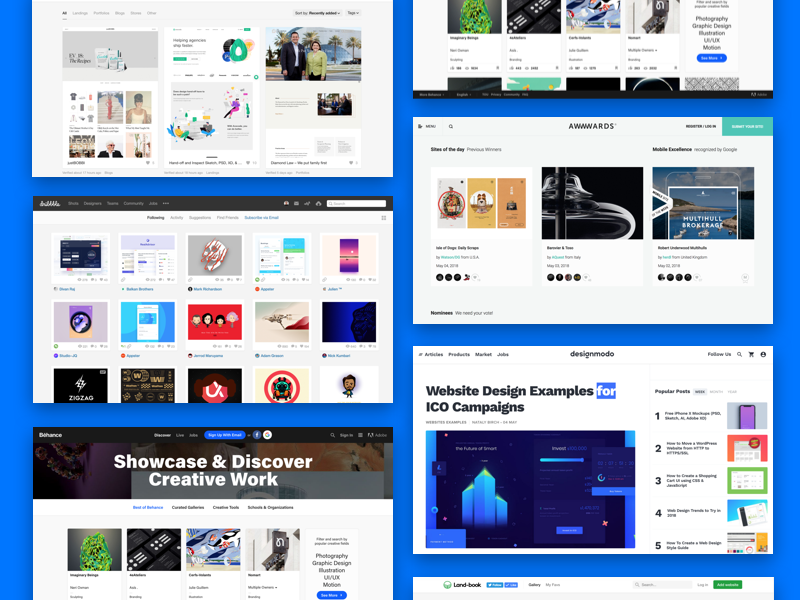A2102 Insights
Explore the latest trends and news on technology, lifestyle, and more.
Designing Delight: Crafting User Experiences That Stick
Unlock the secrets to creating unforgettable user experiences that captivate and engage—design delights that keep users coming back!
5 Key Principles of User-Centered Design
User-Centered Design (UCD) is a crucial approach in creating products that truly meet the needs of users. The first key principle of UCD is to involve users throughout the design process. This means engaging with your target audience right from the inception of a project, gathering their feedback through interviews and surveys. Another principle is iterative design. This involves making improvements based on user feedback, refining the product in successive rounds to enhance usability and satisfaction. By embedding user insights into the design journey, you ensure that the end result resonates with its intended audience.
Furthermore, a vital aspect of UCD is the concept of empirical evaluation. This entails systematically testing your designs with real users to observe their interactions and uncover issues that may not be obvious at first glance. It's also essential to ensure accessibility in design, allowing all users, regardless of ability, to interact effectively with the product. Finally, embracing contextual inquiry helps in understanding user behaviors in their natural environment, leading to designs that are not only functional but also intuitive. Emphasizing these principles can significantly improve user satisfaction and engagement.

How to Create Engaging User Journey Maps
Creating engaging user journey maps is essential for understanding your audience's experience with your product or service. Start by identifying the key stages of the user journey, which typically include awareness, consideration, and decision-making. For each stage, gather data through user interviews, surveys, or analytics to understand their needs, motivations, and pain points. This research will form the foundation of your map, allowing you to create a detailed and accurate representation of the user's experience.
Once you have gathered your data, begin visualizing the user journey. Utilize tools like flowcharts, infographics, or specialized software to plot the user’s interactions and emotions at each stage. Remember to consider elements such as touchpoints, where users interact with your brand, and their corresponding emotions—this helps in identifying any potential areas for improvement. Finally, share your user journey map with your team and stakeholders to facilitate discussions on how to enhance the user experience and drive better engagement.
What Makes a User Experience Truly Memorable?
Creating a truly memorable user experience (UX) goes beyond mere aesthetics; it involves a strategic blend of functionality and emotional engagement. A key component is usability, ensuring that users can navigate a website or application effortlessly. When visitors encounter a well-structured layout, intuitive controls, and quick load times, they are more likely to stay engaged. Furthermore, incorporating interactive elements can break the monotony of static content, providing a dynamic experience that resonates with users.
Equally important is the emotional connection fostered through personalized content and storytelling. When a brand communicates its values effectively, users are more likely to relate and remember the experience. According to research, experiences that evoke emotions are significantly more likely to be retained in memory. Therefore, integrating authentic storytelling elements and tailored recommendations can transform a simple interaction into a lasting impression, making the user experience not just functional, but truly memorable.